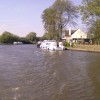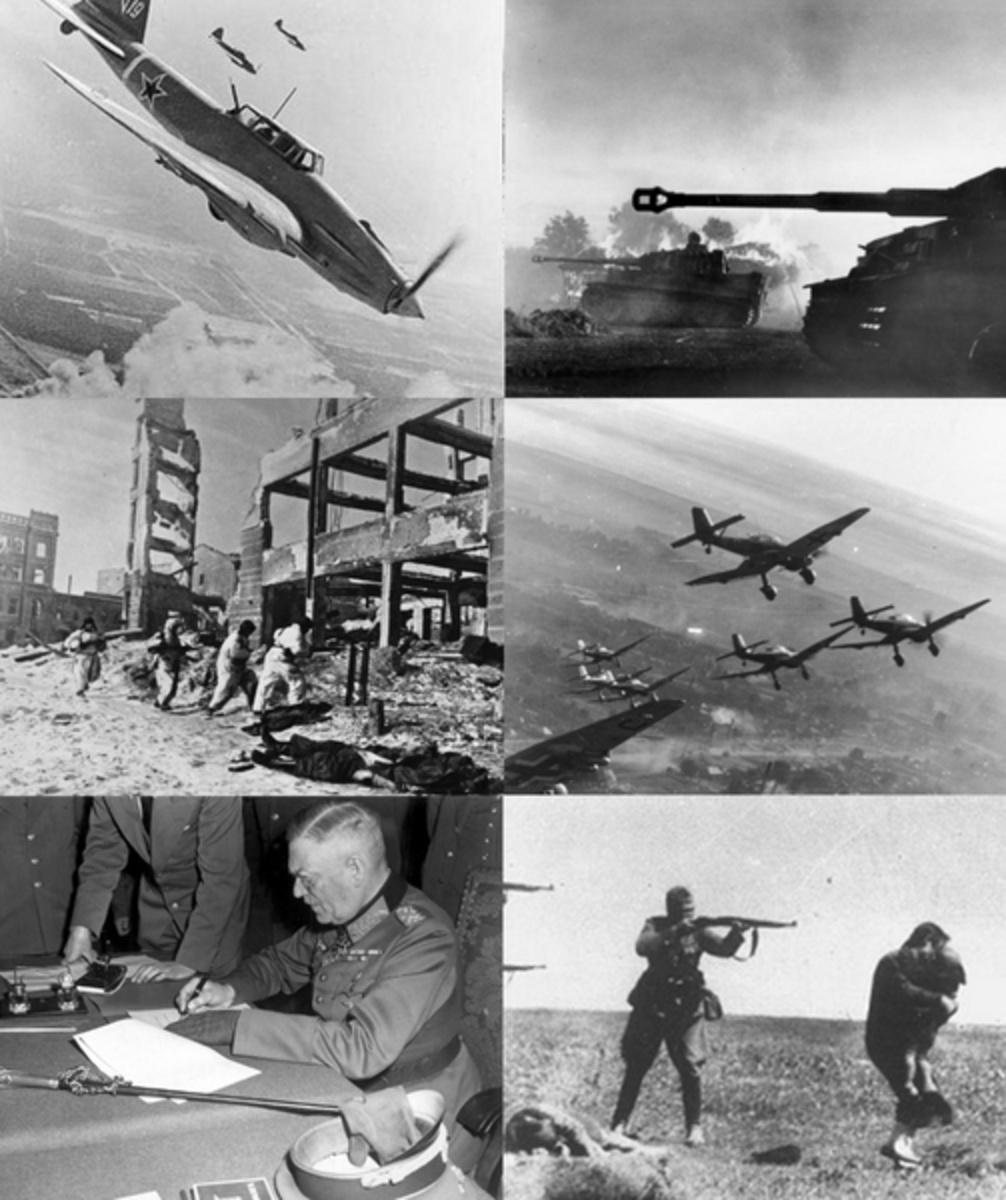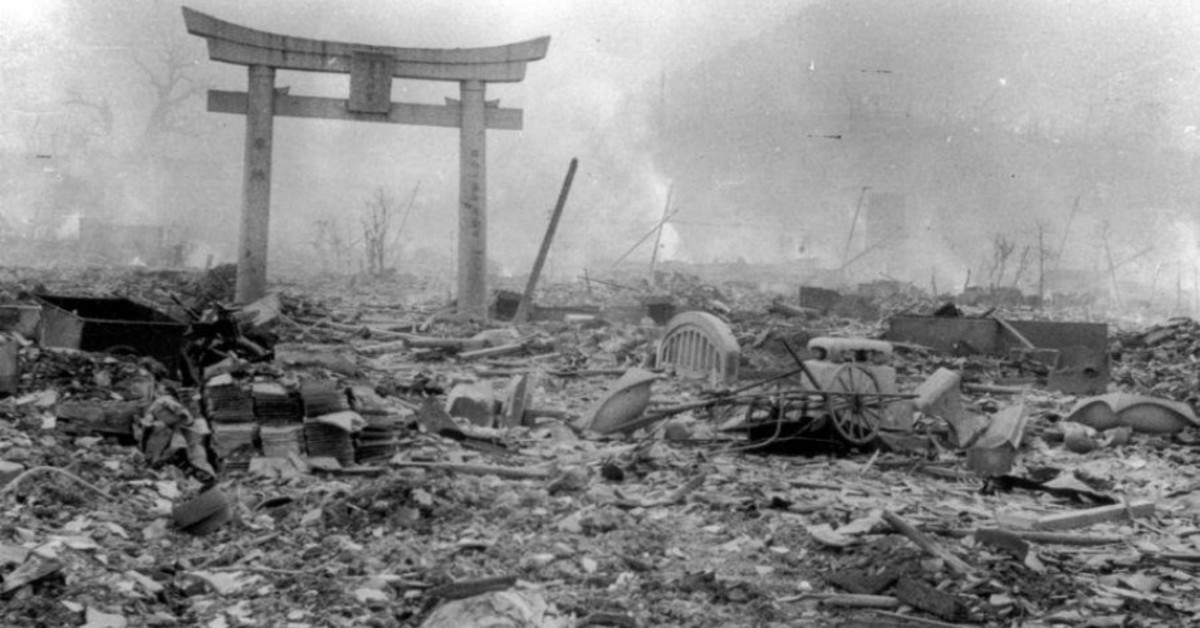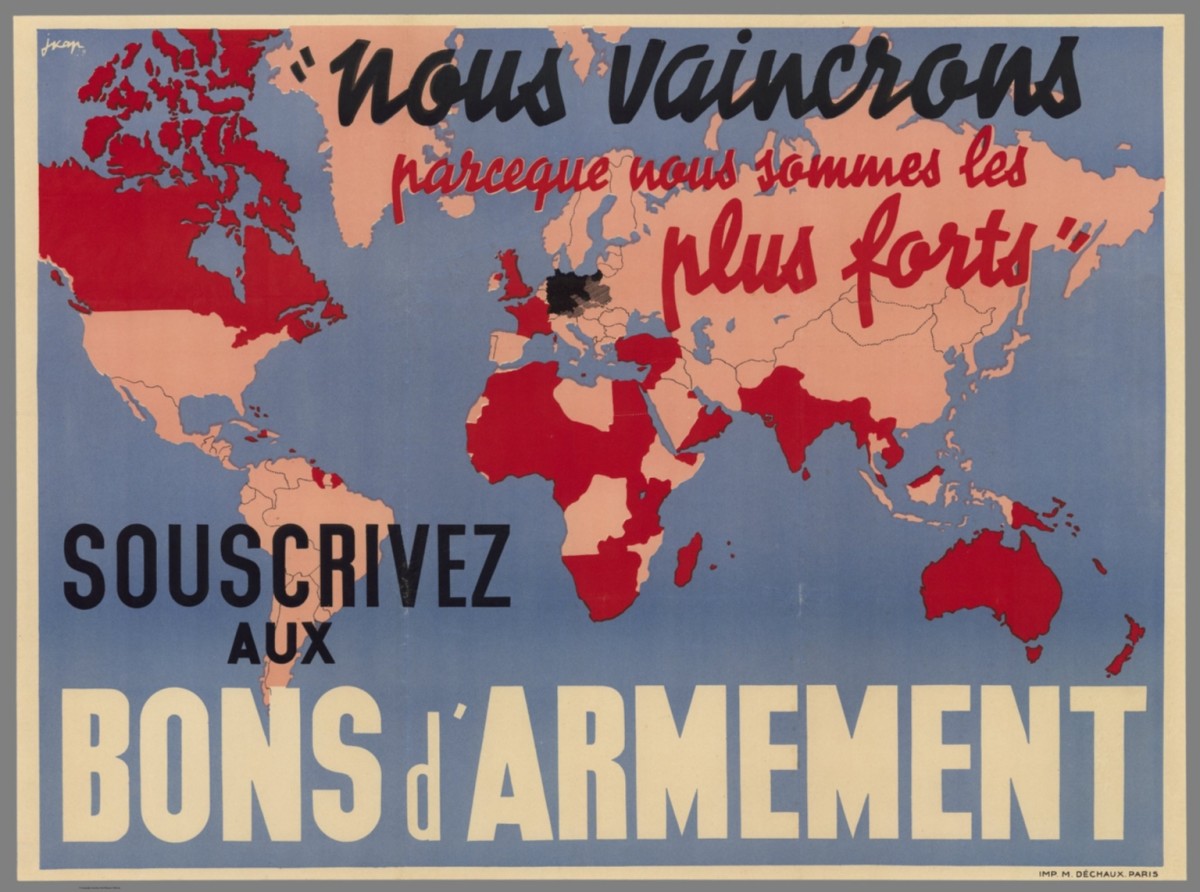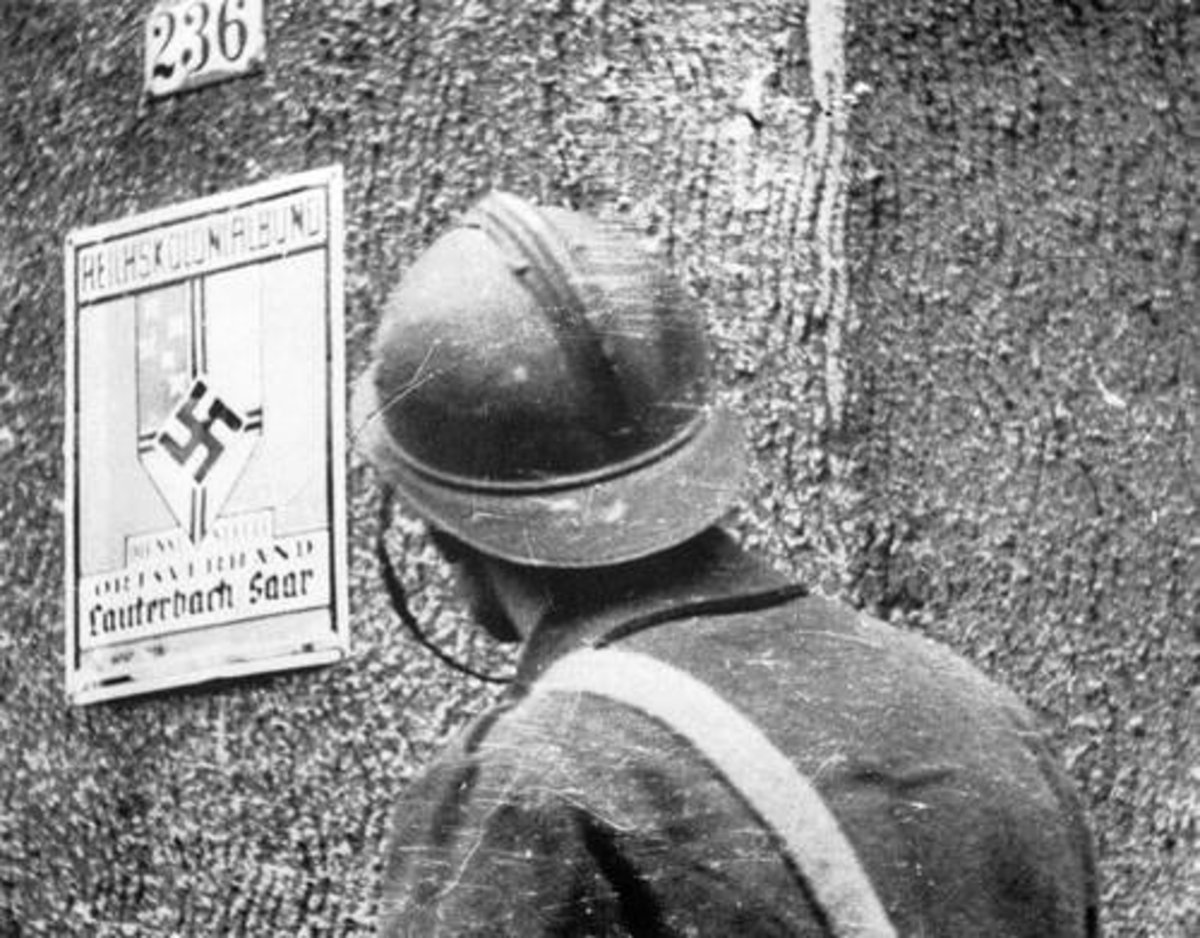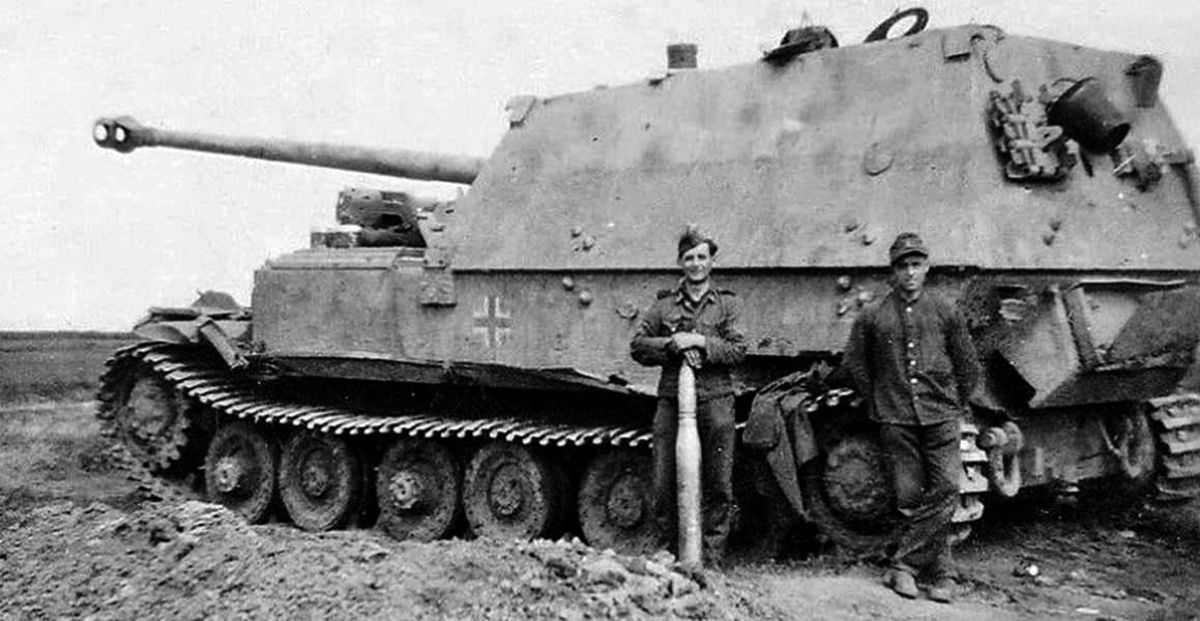- HubPages»
- Education and Science»
- History & Archaeology»
- History of the Modern Era»
- Twentieth Century History
A brief guide to the Second World War 1940
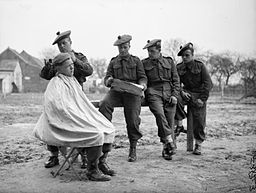
This is number two of a series where I attempt to chart the progress of what is known as the Second World War. This hub continues with action in 1940.
Attack on Norway and Denmark
Both Sweden and Norway were neutral but there was a British plan to mine the Norwegian waters to cut off the iron supplies to Germany. On 8th April 1940 the Allies broke Norwegian neutrality by laying mines in their waters to catch German ships. On 9th April the German forces entered Denmark who surrendered without conflict and became a German protectorate whilst the Norwegians resisted. The King of Norway managed to escape to England. An allied attempt to win back Norway partially succeeded as Narvick was taken on 28th May but was evacuated on 8th June and the plan was pronounced a failure. The allies lost the Aircraft carriers HMS Glorious and two destroyers.
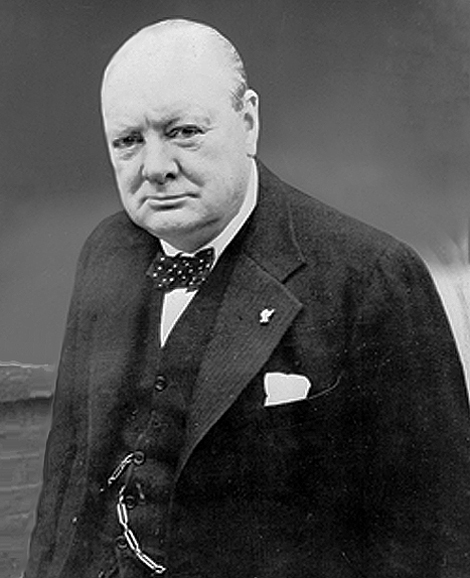
Churchill becomes Prime Minister and Germany invades Holland and Belgium
As a result of Britain’s disastrous showing in the Norwegian campaign there was a vote of confidence in the Houses of Parliament. Winston Churchill became Prime Minister of Britain on 10th May 1940 the same day that German armies invaded Holland and Belgium. The Queen of Holland and most of the Dutch navy left for England and Rotterdam surrendered on 14th May after saturation bombing; by the next day all fighting in Holland had ceased.
British Expeditionary Force sent to France-
Belgium was a neutral country but on 10th May 1940 it was invaded by German troops which resulted in the sending of 10 divisions of the British Expeditionary Force to the continent. By the 12th of the same month parts of Belgium had been abandoned to the Germans and within days their British and French allies were in danger of being cut off by the German advance. The Germans continued their romp into France pushing towards the coast initially rather than to the capital city of Paris. The Belgian army surrendered on 27th May 1940 the same day that the evacuation of the British Expeditionary Force began.

The Successful evacuation from Dunkirk – 4th June 1940
Cabinet papers suggest that the government thought that the plan to evacuate the British Expeditionary Force from Dunkirk might result in the rescue of 10,000 men. However, by the 4th June over 200,000 British and 140,000 French troops had been rescued by Allied ships aided by 860 small boats manned by volunteer skippers. Although a success in saving life the rescue cost 6 Destroyers, 177 fighter aircraft and meant that most of the tanks and motorised vehicles were left behind. Over 150,000 French troops stayed behind to defend the beaches and it is to their bravery that those who were rescued owed their lives. For the defenders it meant that if they survived they spent the rest of the war in a German prison camp.
Germans entered Paris
On the 14th June 1940 the Germans entered Paris and the next day the last British Divisions along with 10,000 Polish troops were evacuated from France
Italy enters the war- June 1940
On the 10th June 1940 Italy headed by Mussolini declared war on the Allies advancing only a few hundred yards into French territory before the war ended.
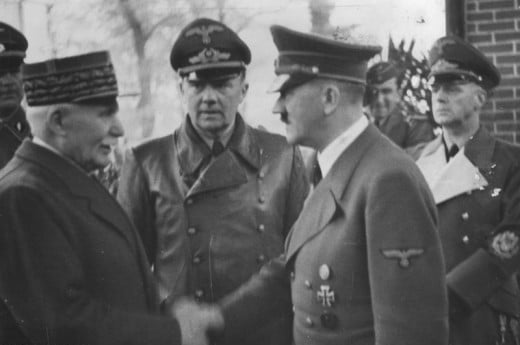
French Armistice and establishment of Vichy Government
There was a change of leadership in the French government and Marshall Petain, the new leader asked for an armistice. The terms of the armistices were generous and the French government would be established at Vichy governing all France south of the River Loire. The French fleet was to be disarmed; much to chagrin of the British who had implored the French government to send it to England . The armistice was signed on 22nd June
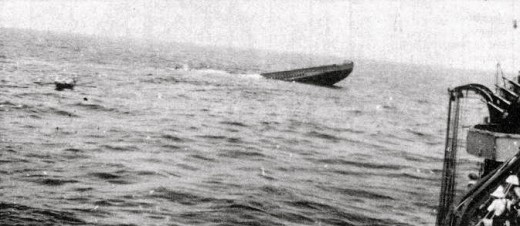
The fate of the French fleet
French ships that were in dock at British ports were seized although at the loss of some French sailors In Alexandria an agreement between the British and French admirals saw the disarming of the French ships. The largest amounts of ships were at Mers e Kebir near Oran. On 3rd July the British opened attack on the French fleet after they failed to answer an ultimatum to sail to an allied port, three ships were sunk and over 1300 sailors killed
Hitler addresses the Reichstag
On 19th July 1940 Hitler addressed the Reichstag making an appeal for common sense and peace. He threatened the British with “unending suffering and misery” unless they made peace. Early In August Churchill announced what path the war would take, clearly stating that there would not be peace, and the British wanted unconditional surrender of the German army.
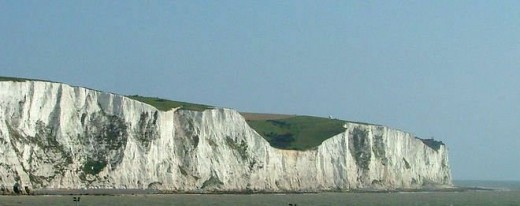
The Invasion of Britain
This was planned to take place on 15th September 1940 with forces put ashore on the South coast between Deal and Brighton, however the army chiefs were anxious as they knew the task would be difficult. The invasion was postponed indefinitely after the failure of the Battle of Britain to ease the way for German forces.
The Battle of Britain
The German plan was to prepare for the Invasion of Britain by pulverising the country by a massive air campaign which started on 15th August 1940; however even on the first day the Germans did not have precise targets and lost a larger amount of aircraft than the allies. In the second phase of the Battle the Germans concentrated on airfields and met with some great success. On the 24TH August a bomber appears to have got lost and bombed London so in retaliation the allies bombed Berlin, and perhaps in retaliation to this the Germans turned and started to bomb London on 7thSeptember. On this day a signal was sent out to say that the Invasion was imminent and the country stood to arms; but it was thankfully a false alarm. Two further large scale bombings took place- on the 9th and 15th of September. The German losses were great and the British factories making planes produced enough to replenish the losses. The Germans had not gained superiority in the air and had lost the Battle of Britain.
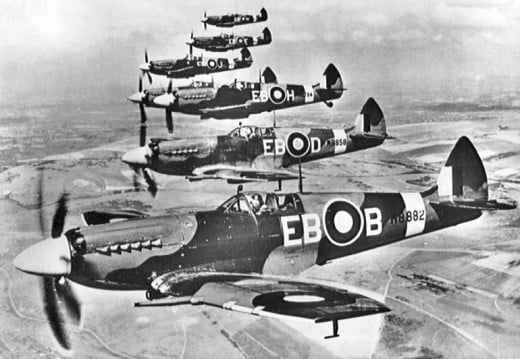
Blitz and Blockade- 1940/1941
Between Mid June 1940 and the end of March 1941 there were no major battles between the British and the Germans; only a few minor coastal skirmishes. The tactics turned to Blitz and Blockade. The German offensive in the air was indiscriminate bombings of British targets; ports, cities and sometimes communication routes. The campaign did a lot of damage and had fatalities but it was not as serious as it could have been, even after the Coventry blitz factories were back in production within the week. The blitz ended in May 1941 when the Germans started preparing to attack Russia. The British retaliated by night bombings which were incapable of hitting the target but at least they were taking the war to Germany.
The Germans had the use of the French ports so they could easily attack British ships bringing supplies from Asia and South America. By the spring of 1941 ships were being lost at a faster rate than they could be replaced. Naval ports in Eire were denied, the Irish government would remain totally neutral. As a result of this the ration levels were reduced and Britain was in a dire position.
The British used the convoy system with help from the RAF who patrolled the shipping lanes to get more supplies into the country.
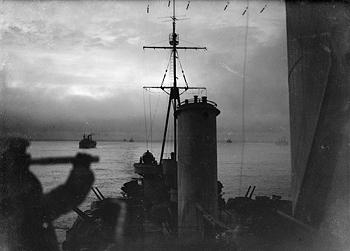
Help from America
In 1940 the US government gave Britain(under the lend lease agreement) and the Allies 50 obsolete destroyers of which 9 were immediately available for service. After the 1940 US Presidential election American warships patrolled the Western Atlantic and relieved British troops in Iceland. Initially American ships just advised British ships of the location of enemy U Boats, but they gradually became involved in the sinking of them. Roosevelt’s claim was that if more supplies reached Britain then America would be less likely to become involved in the war. Hitler ignored the actions against his U boats and even Anglo American agreements; he was not prepared to withstand a war against America as well as Britain.
Tripartite Pact- Germany, Italy and Japan
On 27th September 1940 Germany, Japan and Italy signed a tripartite pact which promised entry into war if either of the states was attacked by a new enemy- namely the United States or Russia.
Italian Forces mount attacks – September 1940
In early September 1940 Italian forces crossed the Egyptian frontier and prepared for an advance. On the 28th October the Italians mounted an attack into Greece from Albania which was driven back by the Greeks who were more used to mountain warfare. The British had two weeks earlier committed a third of their tanks to Egypt despite having to send everything by seas around the cape as the Suez Canal was now occupied by the Italians.
Naval action at Taranto- November 1940
The British recovered control of the Eastern Mediterranean from the Italians on 11th November 1940 when aircraft from HMS Illustrious attacked the Italian fleet whilst it was in harbour at Taranto. Three battleships were sunk and half the fleet put out of action with the rest of fleet withdrawing to Naples on the Italian coast.
Allied forces take the Italians on the land
On 7th December 1940 the British forces found a gap in the Italian lines and they collapsed under the assault of tanks and aircraft. Tobruk was taken on 22nd January 1941 and by February the whole of Cyrenaica was occupied. The force could not continue to Tripoli as the Germans had invaded Greece.
For those not sure where Cyrenaica was it is roughly equivalent to the modern state of Libya
Further Reading
If you want to read more about the course of the Second World War I can recommend a volume by A.J.P. Taylor "The Second World War". It is not particularly modern but it is consise , easy to follow and well written.
- A brief guide to the Second World War 1933-39
The Second World War was coming- even a year earlier it was obvious that war was imminent - yet could it be delayed whilst the allies rearmed? This is the first in a series of hubs on the Second World War
